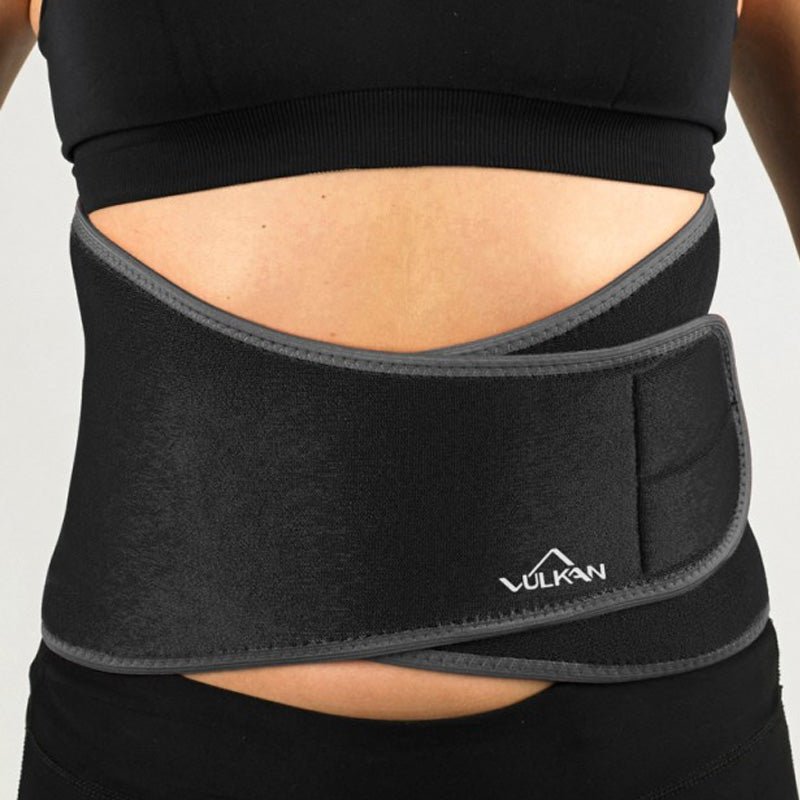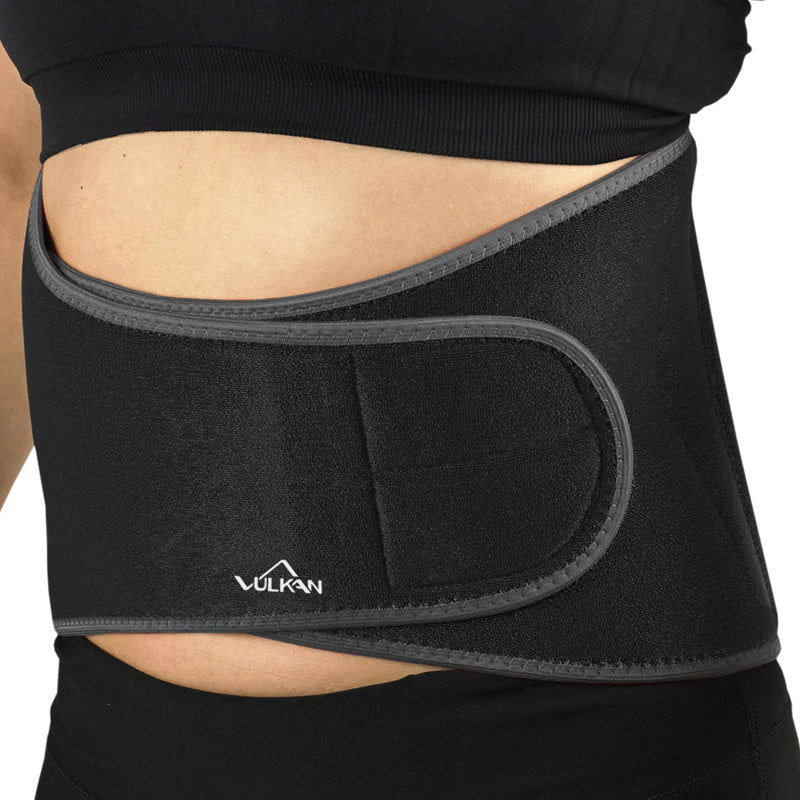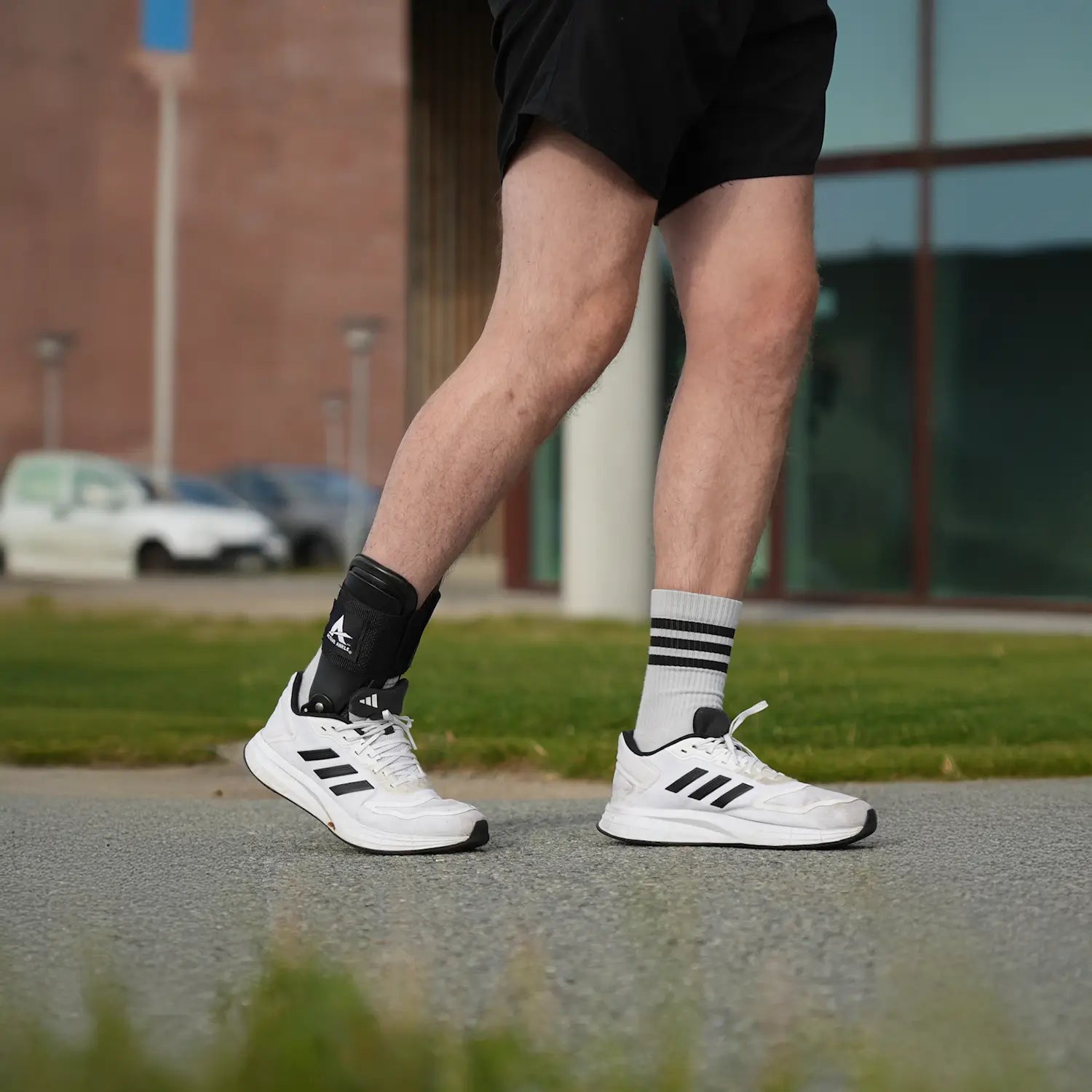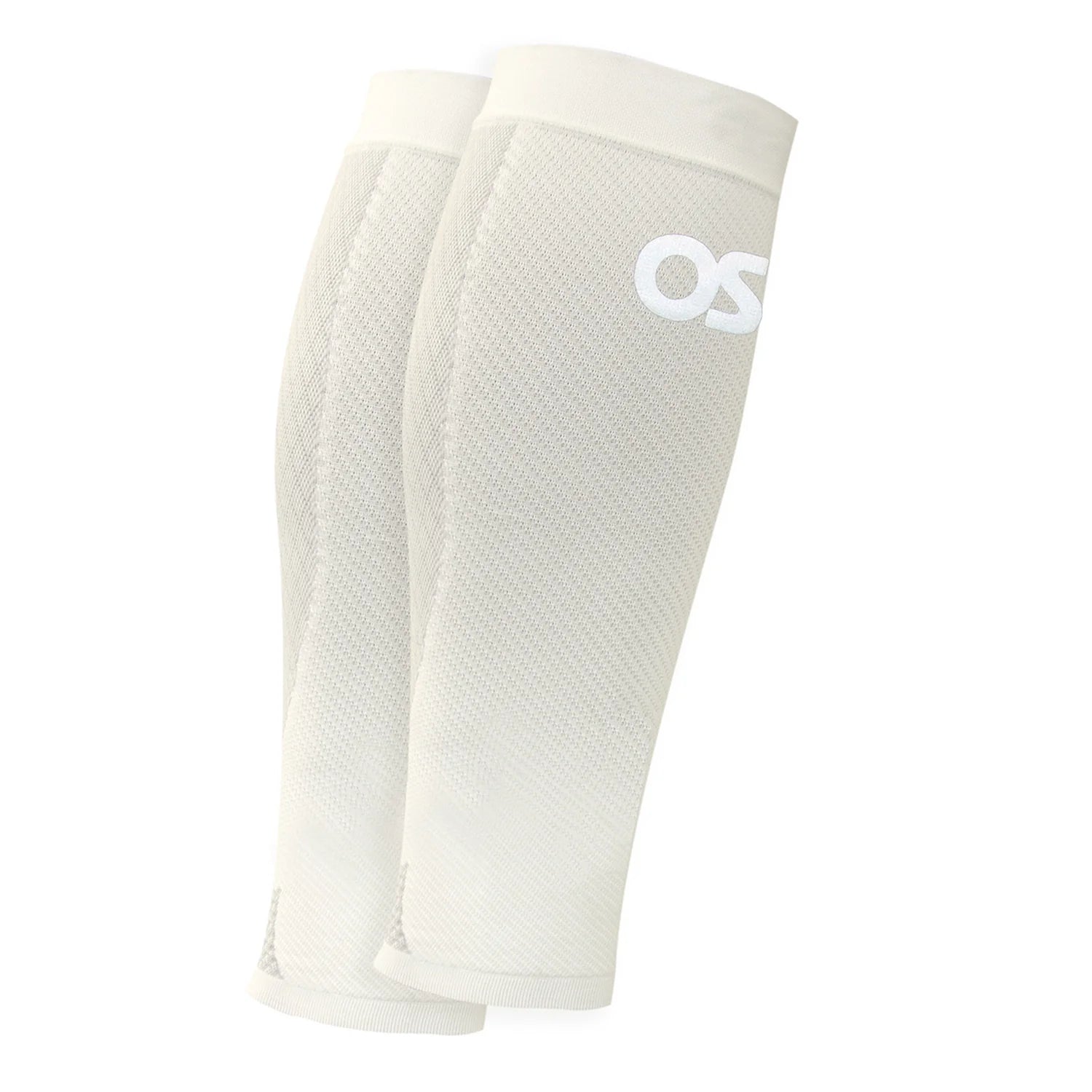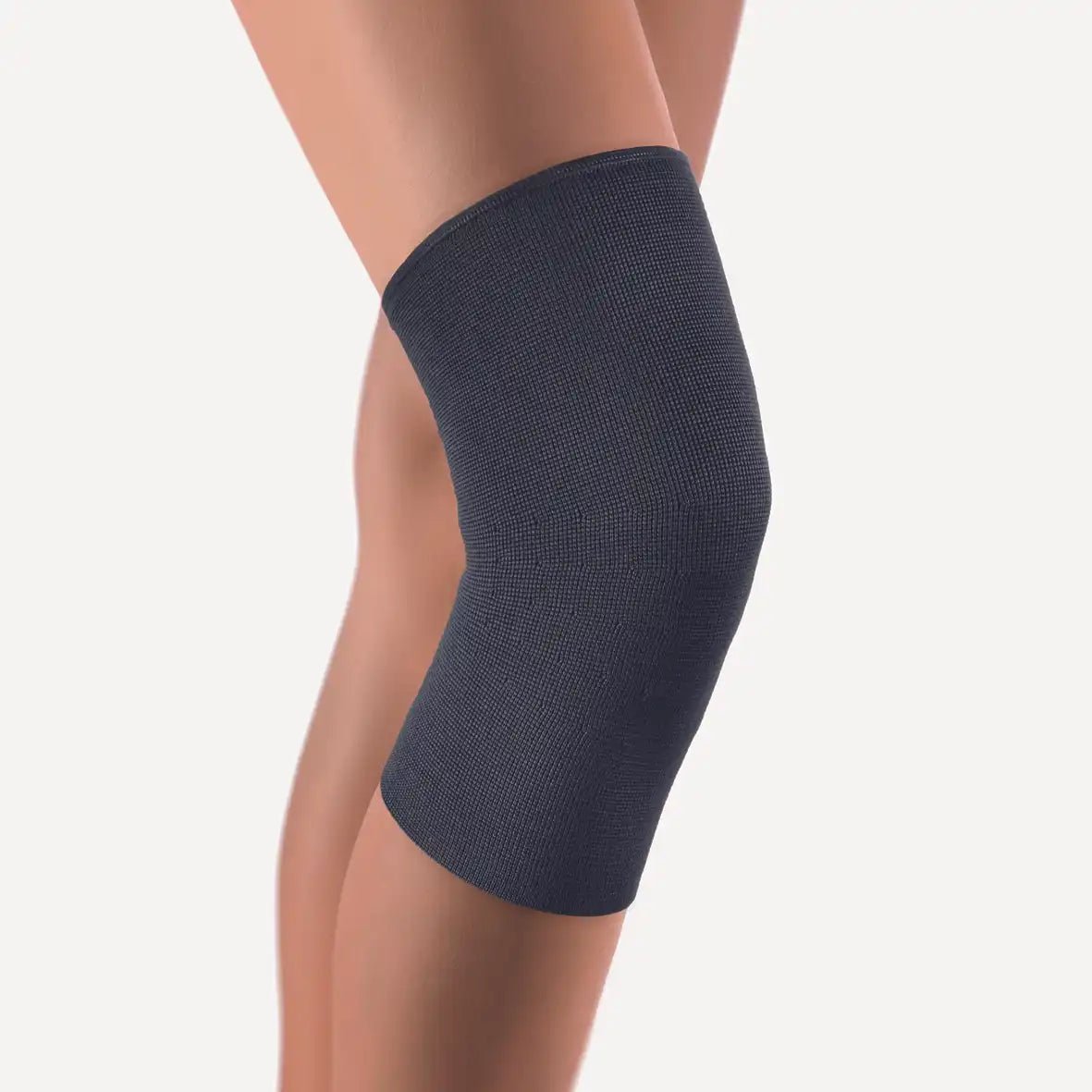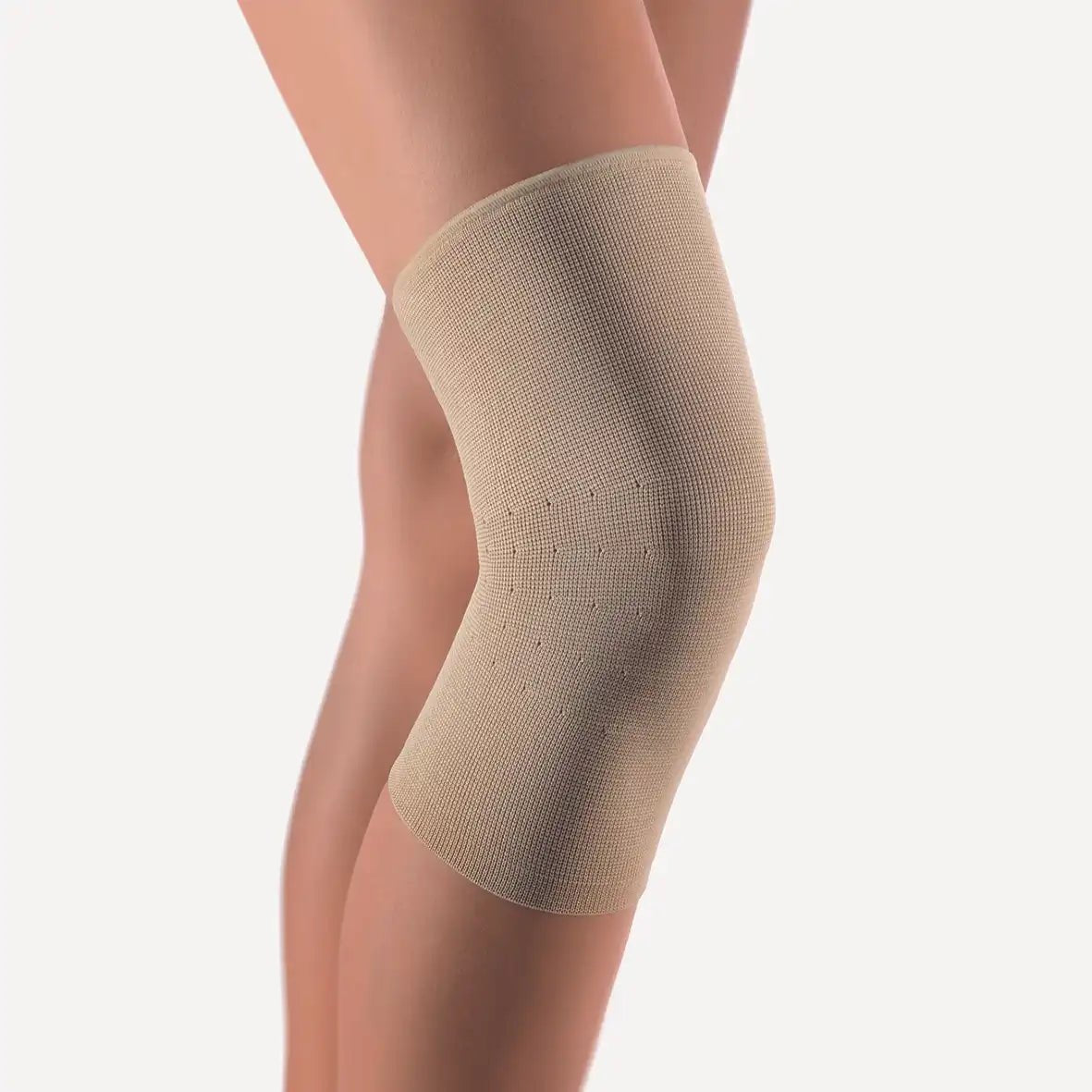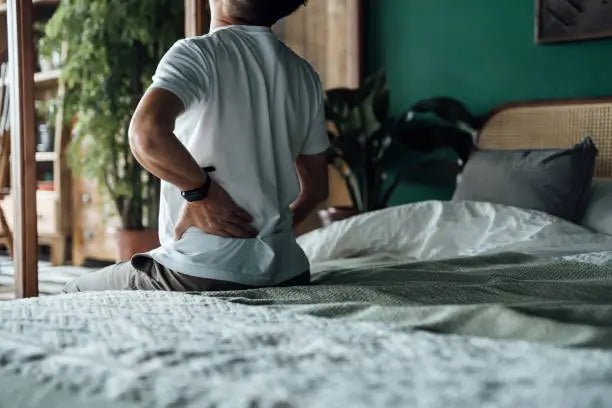
Lumbago
Table of contents
Lumbago, also known as back pain, is a sudden pain in the lower back that can occur when lifting or twisting, for example. The pain can be intense and limit mobility, but usually goes away within a few weeks with the right treatment and self-care.
Symptoms of Lumbago
Common symptoms include:
- Sudden pain in the lower back
- Stiffness and limited mobility in the back
- Pain that worsens with movement or strain
- Muscle cramps in the back muscles
- In some cases, the pain radiates down the buttock or leg.
Causes
Lumbago can be caused by several factors, often related to overuse or improper use of the back. Common causes include sudden movements, heavy lifting, poor posture, or prolonged sitting. In some cases, underlying conditions such as herniated discs or osteoarthritis can contribute to the pain.
Treatment
Treatment for lumbago focuses on relieving pain and restoring mobility. It is important to stay active within the pain threshold, as rest can prolong recovery time. Painkillers, such as paracetamol or NSAIDs, can be used to manage the pain. Physiotherapy with individually tailored exercises can help strengthen the back muscles and improve posture. In some cases, manual therapy or massage may be beneficial.
Preventive measures
To reduce the risk of lumbago, it is important to maintain good posture and regularly exercise your back and abdominal muscles. Avoid heavy lifting and learn to lift correctly, by bending your knees and keeping your back straight. Take regular breaks from sedentary work and make sure your workplace is ergonomically designed.
When should you seek medical attention?
If the pain is very intense, does not improve within a few days, or if you experience numbness, weakness in your legs, or problems with your bladder or bowels, you should contact your healthcare provider. These symptoms may indicate a more serious condition that requires medical evaluation.
How long does lumbago last?
Most people recover within a few weeks, but this can vary depending on the individual and treatment.
Can I exercise with lumbago?
Yes, light exercise and movement within the pain threshold are recommended to speed up recovery.
Is lumbago dangerous?
Lumbago is usually harmless and goes away with proper self-care, but if the symptoms are severe, you should seek medical attention.
Can lumbago recur?
Yes, without preventive measures such as exercise and good posture, lumbago can recur.






